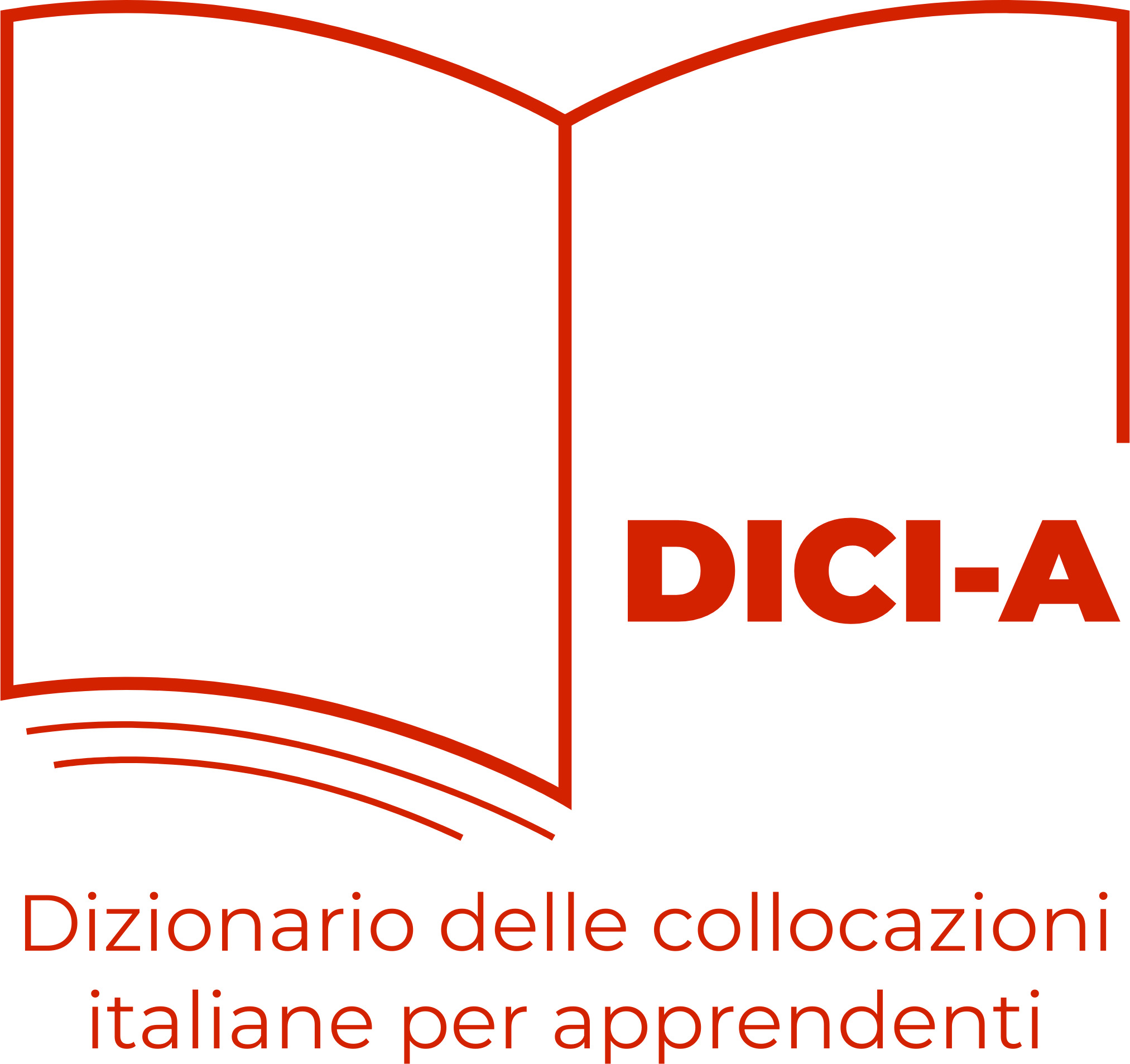
A PRIN project from Perugia ! oook!!!
Description of the project !
Welcome to the official webpage of the research project jointly conducted by the University of Perugia and the University for Foreigners of Perugia. Our collaborative effort focuses on advancing the understanding of phraseology, specifically Multi-Word Expressions (MWEs), within the realm of language studies.
After extensive research on phraseology in linguistic studies, it is universally acknowledged that language exhibits conventional and formulaic characteristics, relying on common combinations of words. The significance of phraseological competence in achieving nativelike and fluent language use cannot be overstated. Multi-Word Expressions (MWEs), encompassing collocations, idioms, and lexical bundles, are inherent in language and recognized by proficient language users as conventional units.
Despite the natural and fluent use of MWEs by native speakers, non-native speakers often face challenges in recognizing and producing them. As phraseology binds words, grammar, semantics, and social usage, its utilization significantly influences language processing, comprehension, and usage.
Recent years have witnessed a surge in linguistic research on phraseology, reflecting its interdisciplinary nature. This research spans lexicography, psycholinguistics, corpus linguistics, computational linguistics, language teaching, and second language acquisition. Phraseology is considered a distinguishing factor between native speakers and L2 learners in second language acquisition studies.
Our project addresses a critical gap in existing research for Italian by focusing on the creation of the DiCI-A (Dizionario delle Collocazioni Italiane per Apprendenti). This unique dictionary of collocations is specifically designed for learners of Italian as a second or foreign language.
Key Features of DiCI-A
-
Corpus-Based Approach
Collocations are extracted from a reference corpus of Italian, encompassing diverse textual genres.
-
Statistical Methodologies
Collocations are ordered based on frequency and dispersion measures across different textual genres in the corpus.
-
Proficiency Level Assignment
Each collocation is categorically assigned to the most suitable proficiency level of learners.
-
Comprehensive Definitions
Each collocation is accompanied by a definition and an example of use tailored to learners' proficiency levels.
We are committed to filling the void in research-driven lexicographic resources for Italian L2 learners, with a focus on enhancing the effectiveness of their language learning journey.

 English
English
 Italiano
Italiano